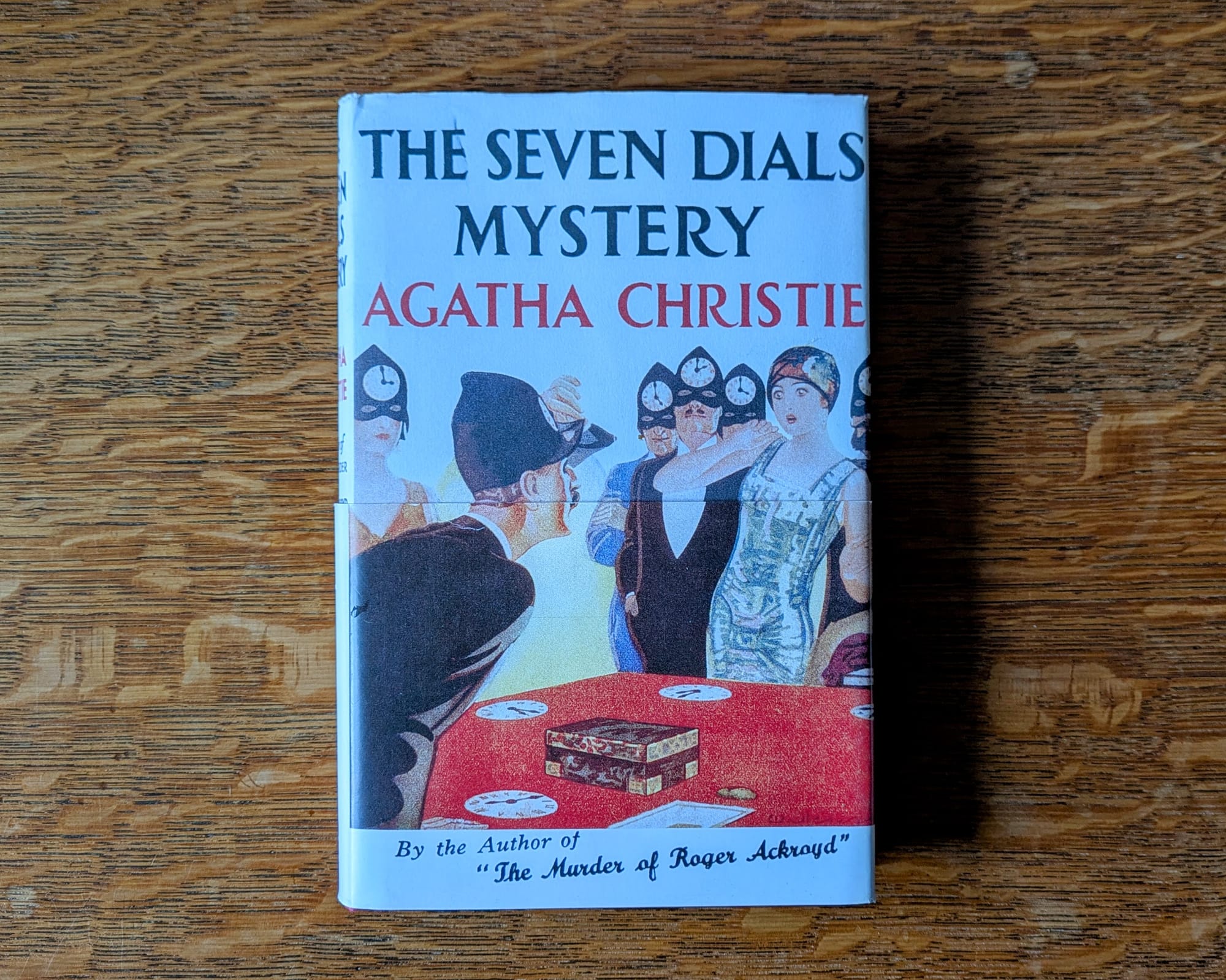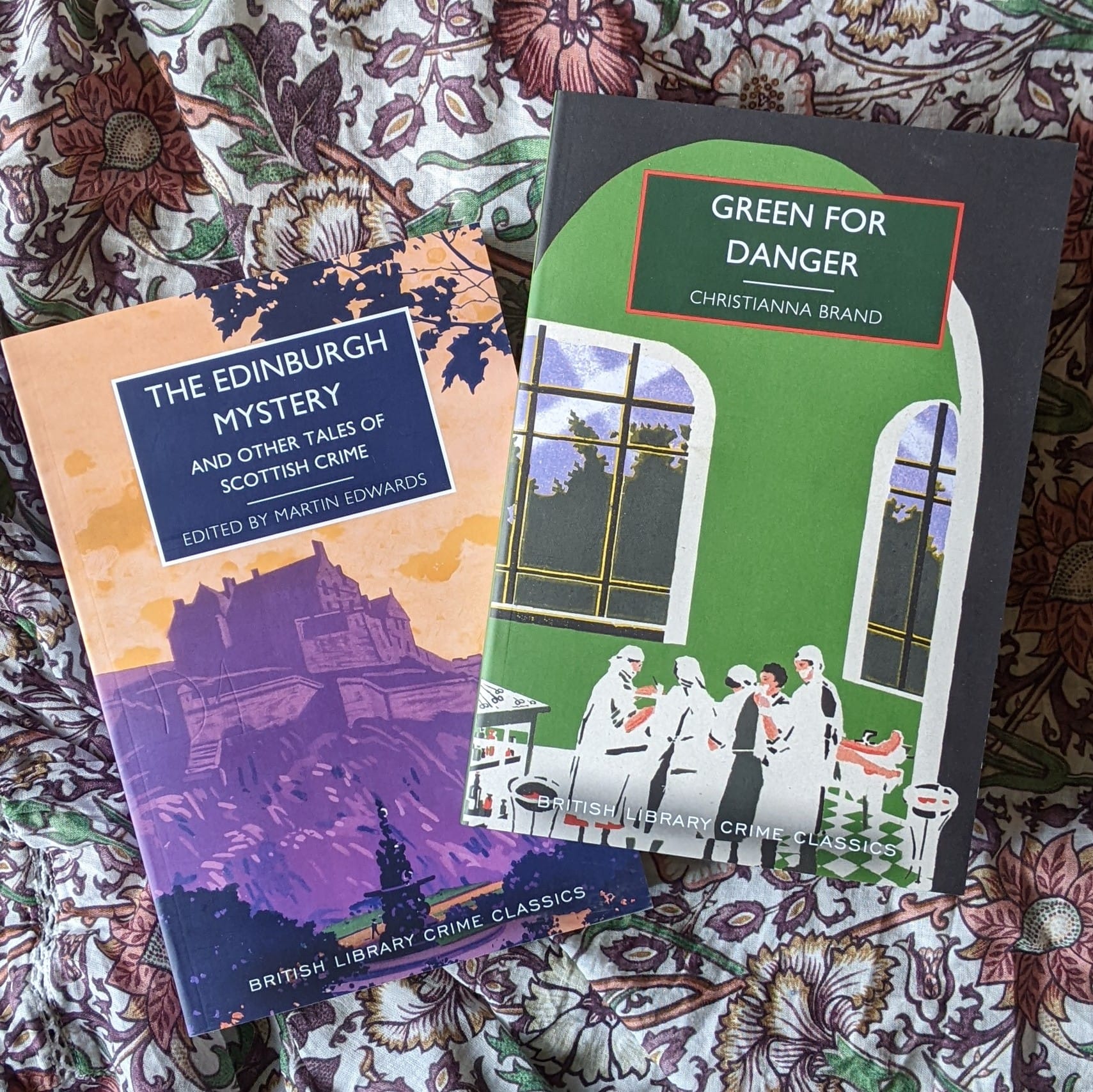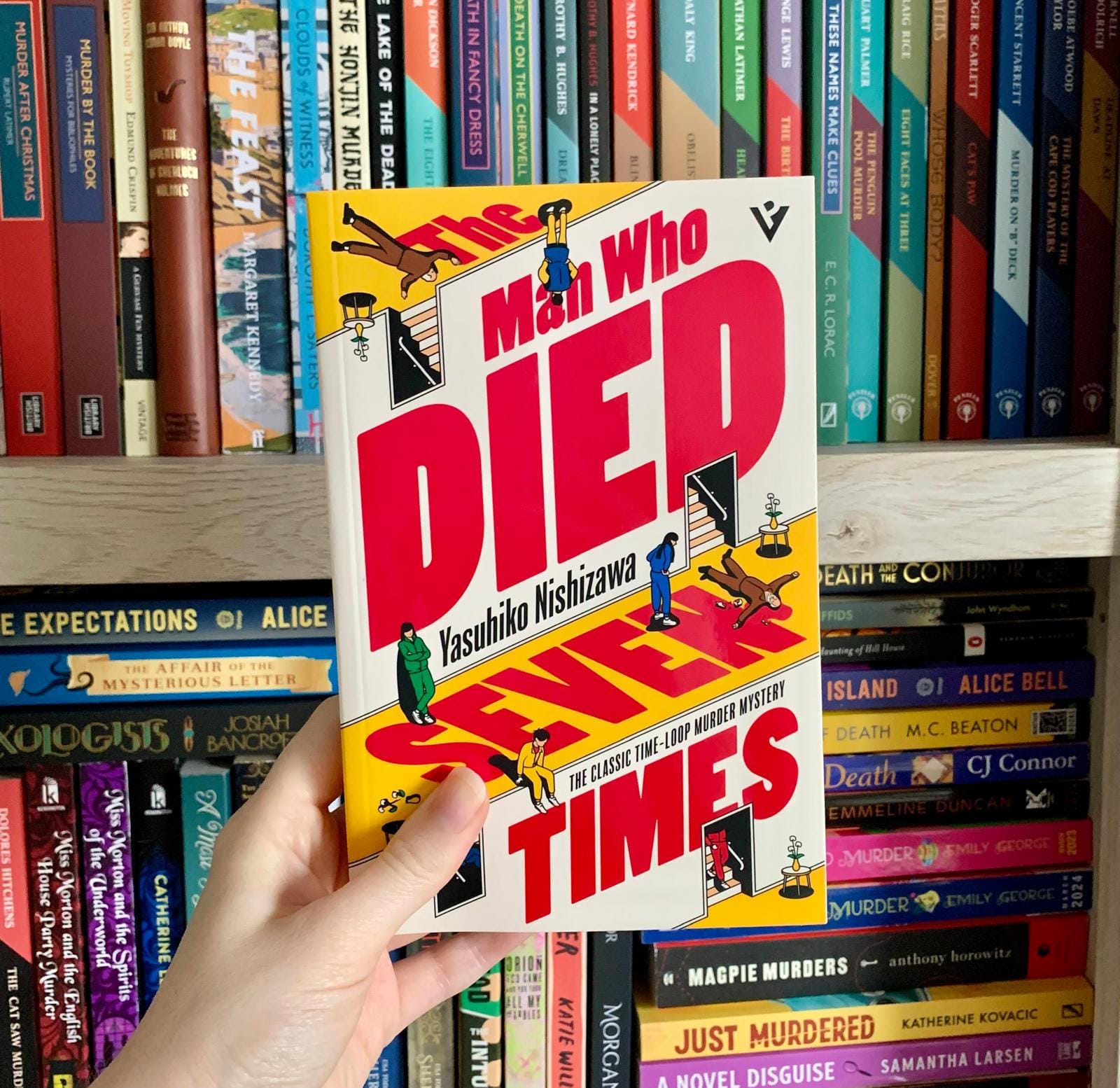Hitchcock and the Golden Age of Detective Fiction
On Murder!, Suspicion and more.
Dear listeners,
Alfred Hitchcock is a name that has come up a lot over the years that I have been making Shedunnit. There's never been sufficient cause to make a full episode about him — nor do I have the relevant cinematic expertise — but I thought it might be interesting here to explore his connections, both tangential and substantial, to the golden age of detective fiction.
One of my earliest Shedunnit encounters with the great film director came when I was making the episode about Edith Thompson in early 2019. Thompson, of course, was convicted of the murder of her husband in December 1922 and executed in January 1923, even though there was no direct evidence connecting her to the death and the actual killer, Thompson's lover Frederick Bywaters, insisted to his dying day that she had known nothing of his planned violence. Many observers felt that it had been Thompson's morality and tastes (she liked romance novels) that had been on trial in the dock rather than her actions. The case inspired a number of fictional works, including Messalina of the Suburbs by E.M. Delafield and A Pin to See the Peepshow by F. Tennyson Jesse.
Alfred Hitchcock was personally connected to Edith Thompson, having been a pupil at her father's dance school when he was a child and friends with her sister Avis. He apparently considered making a film about Edith's demise a number of times, but never actually did. Perhaps a more assiduous film historian than me can unearth the reason why not. There are strong hints of the story in his 1950 film Stage Fright, though, the plot of which revolves around a flamboyant actress, her lover, and her murdered husband. Hitchcock supposedly also explored the possibility of making a film based on another real-life crime that has featured on Shedunnit: that of Adelaide Bartlett and The Pimlico Poisoning Mystery. In this instance, he dropped the project because he felt his Bartlett-inspired love triangle idea was too similar to the 1962 François Truffaut film Jules and Jim.
Hitchcock loved to adapt existing source material, often using novels or plays as the basis for his films. And quite a few of these came from writers we know and love from the golden age of detective fiction. Here are a few of the highlights:
- Murder! (1930) is based on the 1928 novel Enter Sir John, which was written collaboratively by Detection Club members Clemence Dane and Helen Simpson. Although Dane didn't have any hand in adapting their novel for the stage, she did go on to become the first British woman screenwriter to win an Oscar for her work on Perfect Strangers (1945).
- Number 17 (1932), a vanishing corpse mystery combined with a jewel heist thriller, is based on a play by J. Jefferson Farjeon. Farjeon is best known to mystery readers today as the author of Mystery in White, the unlikely bestseller that helped early on to solidify the reputation of the British Library Crime Classics imprint.
- The Man Who Knew Too Much (1934) is not a mystery at all but rather a spy thriller. And it isn't based on a mystery novel either. But Hitchcock did name it after G.K. Chesterton's 1922 book of detective stories, because he had bought the rights to a few of them and was thus allowed to repurpose the title.
- Young and Innocent (1937) is based on the 1936 novel A Shilling for Candles by Josephine Tey. I personally love this novel, as someone who has written a whole book about the River Thames, and I hope it gets one of Penguin's snazzy reprints (like The Franchise Affair) one of these days. I am available to write the introduction, should anyone fancy it!
- The Lady Vanishes (1938) is, of course, based on the Ethel Lina White novel The Wheel Spins. The Shedunnit Book Club read and greatly enjoyed this book last year, and members can listen to a bonus episode I made about it here.
- Suspicion (1941) is based on Before the Fact by Francis Iles, a pseudonym used by Detection Club co-founder Anthony Berkeley. I'm only sorry Hitchcock didn't film the other Iles novel, Malice Aforethought, too. I have a suspicion (sorry) that his take on that twisty howdunnit would have been very good indeed.
- Finally — and this is a bit of a stretch, I will admit — Rear Window (1954) is based on "It Had to Be Murder", a short story by the American crime writer Cornell Woolrich. And where have we heard from Woolrich before on Shedunnit? Why, on the In The Dentist's Chair episode from September 2024, because he is also the author of the 1934 short story "Death Sits in the Dentist's Chair", which is an attempt to set an impossible crime in a dental surgery. I think I must read more Cornell Woolrich short stories, he clearly had a gift for the form.
I hope you find something new to listen to, read, or watch there. I certainly did while putting this together: I enjoyed the opening half-hour of Murder! while eating my lunch, in fact. I would recommend it!
Until next time,
Caroline
P.S. An exciting Shedunnit announcement is coming next week, so keep an eye out for that.
You can listen to every episode of Shedunnit at shedunnitshow.com or on all major podcast apps. Selected episodes are available on BBC Sounds. There are also transcripts of all episodes on the website. The podcast is now newsletter-only — we're not updating social media — so if you'd like to spread the word about the show consider forwarding this email to a mystery-loving friend with the addition of a personal recommendation. Links to Blackwell’s are affiliate links, meaning that the podcast receives a small commission when you purchase a book there (the price remains the same for you).



